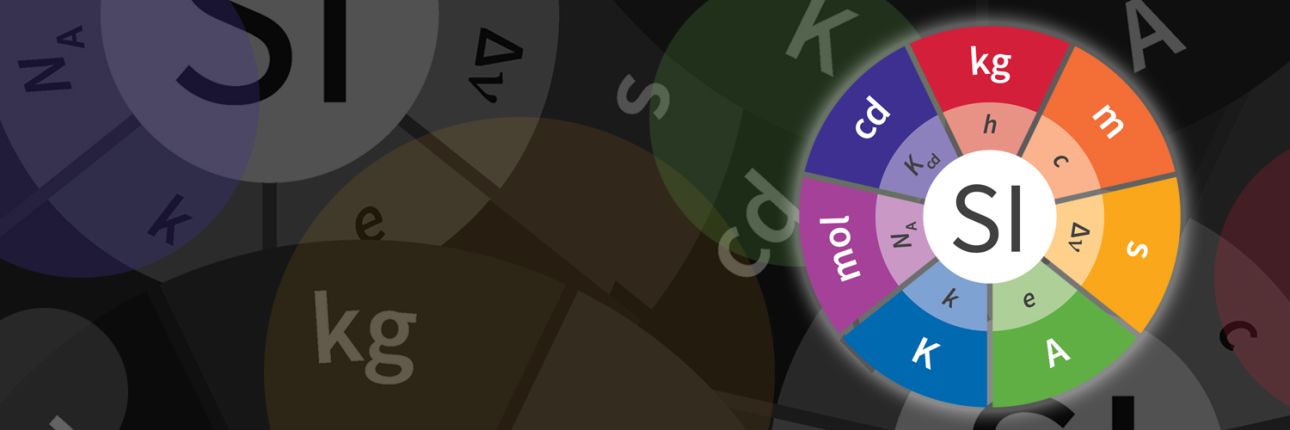History will be made today (Friday, November 16th 2018) as leading figures in metrology from 60 nations will vote to change of the pillars of science, the kilogram. Since 1889, the kilogram has been defined by a piece of metal held in a triple-locked vault in the International Bureau of Weights and Measures laboratory in France.
It is the one true kilogram in the world. Several exact copies or national Prototype Kilograms were made and placed in national metrology laboratories around the world to calibrate measurements in their own countries. Ireland’s copy of the kilogram resides in the National Metrology Laboratory in Glasnevin which is run by the National Standards Authority of Ireland (NSAI), an agency of the Department of Business, Enterprise and Innovation.
“Periodically, the copies are returned to Paris for checks against the ‘true kilogram’ otherwise known as ‘Le Grand K’,” said Paul Hetherington, Manager of the NSAI’s National Metrology Laboratory.
“Because it is a physical artefact, ‘Le Grand K’ is subject to surface contamination and environmental effects which means that its subject to drift and change in its mass value. That’s not an issue if you’re weighing yourself on the bathroom scales but it is significant for industries that require accurate precision measurement, such as medical device manufacturers, computer chip manufacturers and pharmaceutical manufacturers,” he added
Today, leading metrology experts around the world will gather to redefine the kilogram based on Planck’s constant. This is a completely unchanging value that relates the energy in one quantum of electromagnetic radiation to the frequency of that radiation.
Just as the metre - once the length of a bar of platinum-iridium, also kept in Paris - is now defined by the constant speed of light in a vacuum, so a kilogram will be defined by a tiny but immutable fundamental value called the 'Planck constant'. An 'electronic kilogram' will be the new baseline measure of mass.
The new definition involves an apparatus called the Kibble balance, which makes use of the constant to measure the mass of an object using a precisely measured electromagnetic force.
“This historic change will be the largest single shift in international measurement since the International Metre Convention was signed in 1875. This new definition will stand the test of time and remain robust for upcoming advances in science and technology,” said Geraldine Larkin, Chief Executive of NSAI.
“As technology gets smaller and smaller, more precision and accuracy are required. Scientists expect this change will spur technological innovation and lower the cost of many high-tech manufacturing processes. For computer and mobile device manufacturers, to ship building and medical devices production, this is a significant step into the future,” she added.
A vote to adopt this change will take place at the 26th General Conference on Weights and Measures (CGPM), on November 16th, 2018 at 10:50am (Irish Time) in Versailles, France.
An affirmative vote will mean that the kilogram along with the kelvin (temperature), ampere (electric current) and mole (atoms) will be determined by fundamental constants of nature rather than by physical objects.



